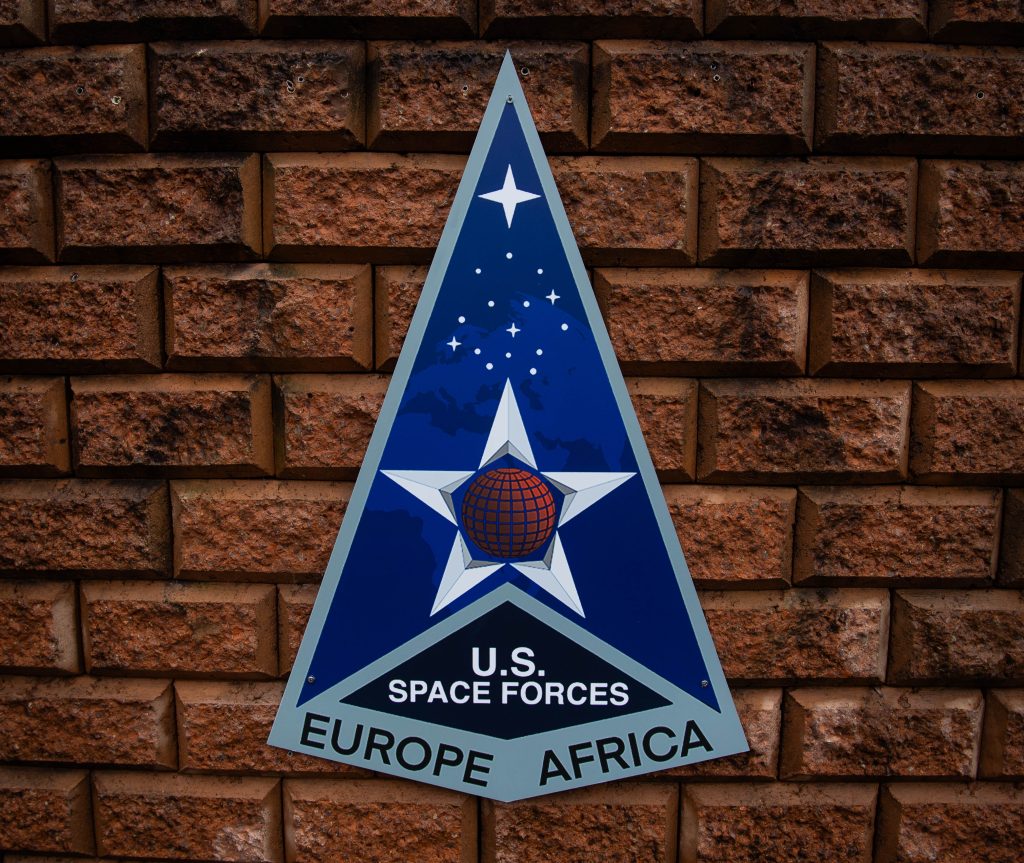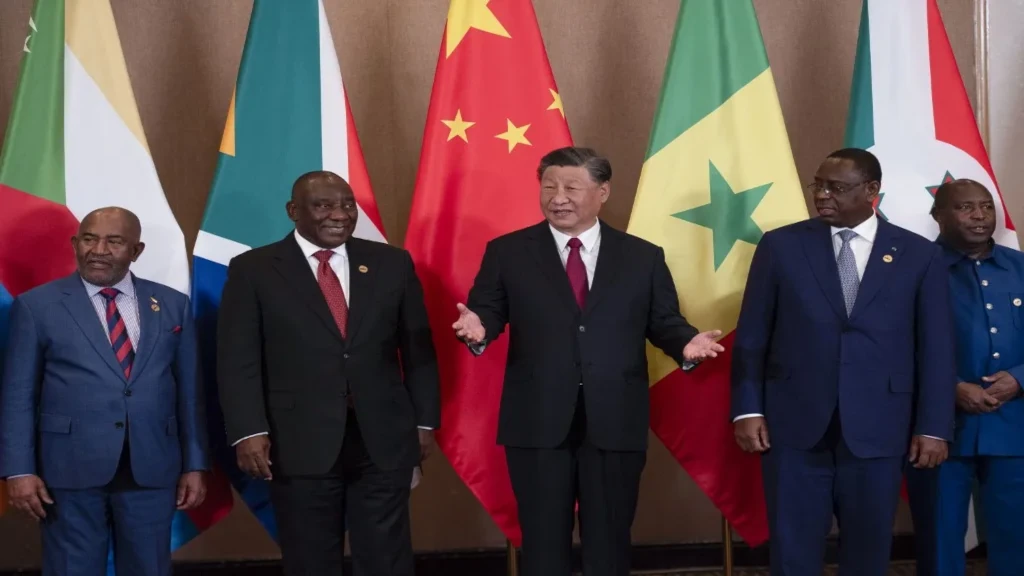Myles Illidge 10th December 2023
While South Africa is leading the continent’s transition to renewable energy, it is unrealistic to think that 590 million of Africa’s residents, or even South Africa’s 60 million residents, can be supplied with renewable energy.
This is according to Gracelin Baskaran, mining economist and research director of the energy security and climate change programme at the Centre for Strategic and International Studies.
Baskaran told City Press that several components of the national power grid, including transmission infrastructure, must be upgraded before transitioning to renewable power sources.
This comes at a high cost. Using the US as an example, Baskaran said it would cost $2.2 trillion (R42 trillion) for the transmission grid upgrades required to supply 85% of the country’s population with renewable energy.
This would be an even more challenging exercise in a country like South Africa, where government has less money and collects less tax.
Baskaran believes it would be more prudent for African countries to transition from coal to gas power rather than rolling out renewable power sources.
According to the US Energy Information Administration (EIA), burning natural gas is considered a “relatively clean” way of generating electricity.
“Burning natural gas for energy results in fewer emissions of nearly all types of air pollutants and carbon dioxide (CO2) than burning coal or petroleum products to produce an equal amount of energy,” it states on its website.
Furthermore, 40% of gas discoveries globally in the recent past were in Africa.
However, it is still far more damaging to the environment than solar, wind, and nuclear power.
Baskaran’s ideas echo those of South Africa’s Presidential Climate Commission, which, in May 2023, advised that the country should build gas-fired power stations for future power generation.
It said the plan would only require 3,000 MW to 5,000 MW worth of gas-fired plants to be built, which will only be used during times of peak demand.
“There should be no new coal and gas should be kept to the role of peaking support,” the commission said
The National Energy Regulator of South Africa (Nersa) approved South Africa’s state-owned power utility’s plan to build a 3,000 MW gas power station in Richards Bay in May 2023.
Nersa effectively backtracked on an earlier decision to block the power station’s construction, allowing Eskom to proceed with acquiring funding.
However, this presents a challenge for the power utility, whose R254-billion debt relief conditions say it cannot borrow more money to build new power stations.
As such, Eskom entered into negotiations with the National Treasury to find an alternative means of funding the project.
Possible funding models include a public-private partnership or a power-purchase agreement with an independent power producer.
Eskom said it plans for the gas-powered plant to start supplying electricity to the grid from 2028, meaning it won’t help load-shedding in the short term.
Source: MyBroadband, 10th December 2023
 afric-Invest
afric-Invest



